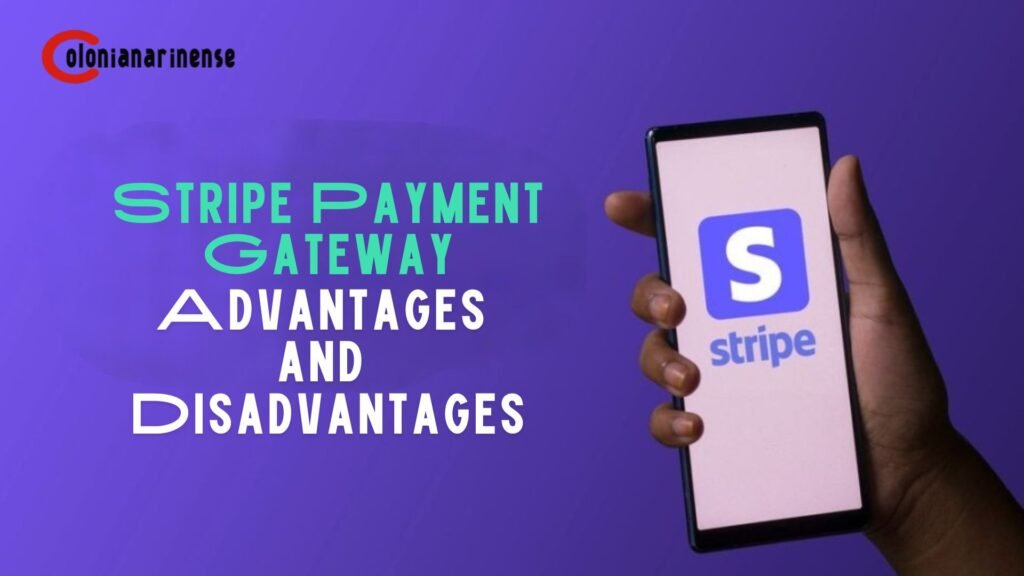
Stripe Payment Gateway
Stripe is a leading online payment processing platform that enables businesses to securely accept payments over the internet. Known for its developer-friendly interface and robust features, Stripe has become popular with startups, small-to-medium enterprises (SMEs), and larger companies alike.
Below, we’ll explore the advantages and disadvantages of using Stripe as a payment gateway.
Advantages of Stripe
1. Easy Integration and Developer-Friendly
One of Stripe’s biggest strengths is its developer-friendly approach. With comprehensive documentation, APIs, and client libraries, integrating Stripe into websites and apps is straightforward. The well-designed API allows for smooth customization, making it an excellent choice for developers.
2. Multiple Payment Options
Stripe supports a wide range of payment methods, including ACH transfers, debit and credit cards, and digital wallets like Google Pay and Apple Pay. This variety allows businesses to cater to customers from around the globe with ease.
3. Ideal for Business Owners
Stripe works with clients worldwide and supports over 135 currencies. In addition to major payment methods, it also accommodates “buy now, pay later” options, global bank debit systems, and popular Chinese digital wallets like Alipay and WeChat Pay. Though Stripe provides limited hardware for point-of-sale systems, its strong features, such as its API and multi-currency support, make it ideal for online businesses.
4. Subscription and Recurring Billing Support
Stripe offers robust subscription management tools, making it a great fit for businesses that rely on recurring payments. These features help streamline billing, reduce manual tasks, and improve customer retention.
5. High-Level Security
Security is a top priority for Stripe, which is certified at PCI Level 1, the highest level of certification in the payments industry. It uses advanced encryption and tokenization technologies to safeguard sensitive information during transactions.
6. Smooth Checkout Experience
Stripe’s customizable checkout interface ensures a smooth and straightforward payment process. Businesses can tailor the checkout experience to match their branding, offering a seamless transaction experience for customers.
7. Real-Time Analytics
Stripe provides detailed real-time analytics and insights into revenue, transaction history, customer behavior, and more. These analytics enable businesses to identify opportunities for growth, optimize payment processes, and make data-driven decisions.
8. Fast Payouts
Stripe offers reliable and quick payout cycles, with funds typically deposited into the merchant’s account within 2–7 business days, depending on the country and payment method. This helps businesses manage their cash flow more effectively.
9. Transparent Fees
Stripe’s pricing model is straightforward:
- Online transactions: 2.9% + 30 cents per transaction.
- In-person transactions: 2.7% + 5 cents per transaction.
- Manually entered transactions: 3.4% + 30 cents.
- International credit card transactions: An additional 1.5% fee.
- Monthly fees: $0 for Stripe Connect standard, and $2 per account for Stripe Custom or Stripe Express.
10. Competitive Pricing for Payments
Stripe charges flat rates for most transactions, with the standard fee for online purchases being 2.9% + 30 cents, and in-person transactions at 2.7% + 5 cents. For manually entered payments, Stripe charges 3.4% + 30 cents, and for international card transactions, the fee rises to 4.4% + 30 cents.
Disadvantages of Stripe
1. Limited Customer Support
One common complaint about Stripe is its customer service. Users have reported delays in getting responses and difficulty reaching support agents. Improving the responsiveness of customer support would enhance the overall user experience.
2. Transaction Fees
Like many payment gateways, Stripe charges fees on every transaction. While the fees are reasonable, they can add up for businesses processing a large number of transactions.
3. Account Holds and Compliance Reviews
Stripe’s stringent fraud prevention measures may sometimes result in account holds or compliance reviews for certain businesses. This can cause temporary disruptions in payment processing until the issues are resolved.
4. Limited Offline Payment Support
Stripe’s focus is mainly on online payments, which means it provides limited support for offline transactions. This could be a drawback for businesses that operate in areas with unreliable internet connections or rely heavily on in-person sales.
5. No Phone Support
Stripe does not offer phone support, which can be a drawback for businesses that prefer immediate and direct customer service.
6. Chargeback Management
While Stripe does provide tools to help merchants manage chargebacks, the process can be complex and time-consuming, especially for businesses that receive a high volume of chargebacks.
Conclusion
Stripe is a flexible and robust payment gateway that offers numerous benefits, especially for businesses seeking a customizable, secure, and reliable solution for online payments. However, it’s essential for businesses to assess whether Stripe meets their specific needs, taking into consideration factors like transaction fees, customer support, and compliance reviews before fully committing to the platform.





More Stories
Integrating Digital Learning in Bangalore’s Academic Environments
How a PR and Communications Agency India Helps Brands Build Media Relations?
Why Smart Data Management Makes Business Life Easy?